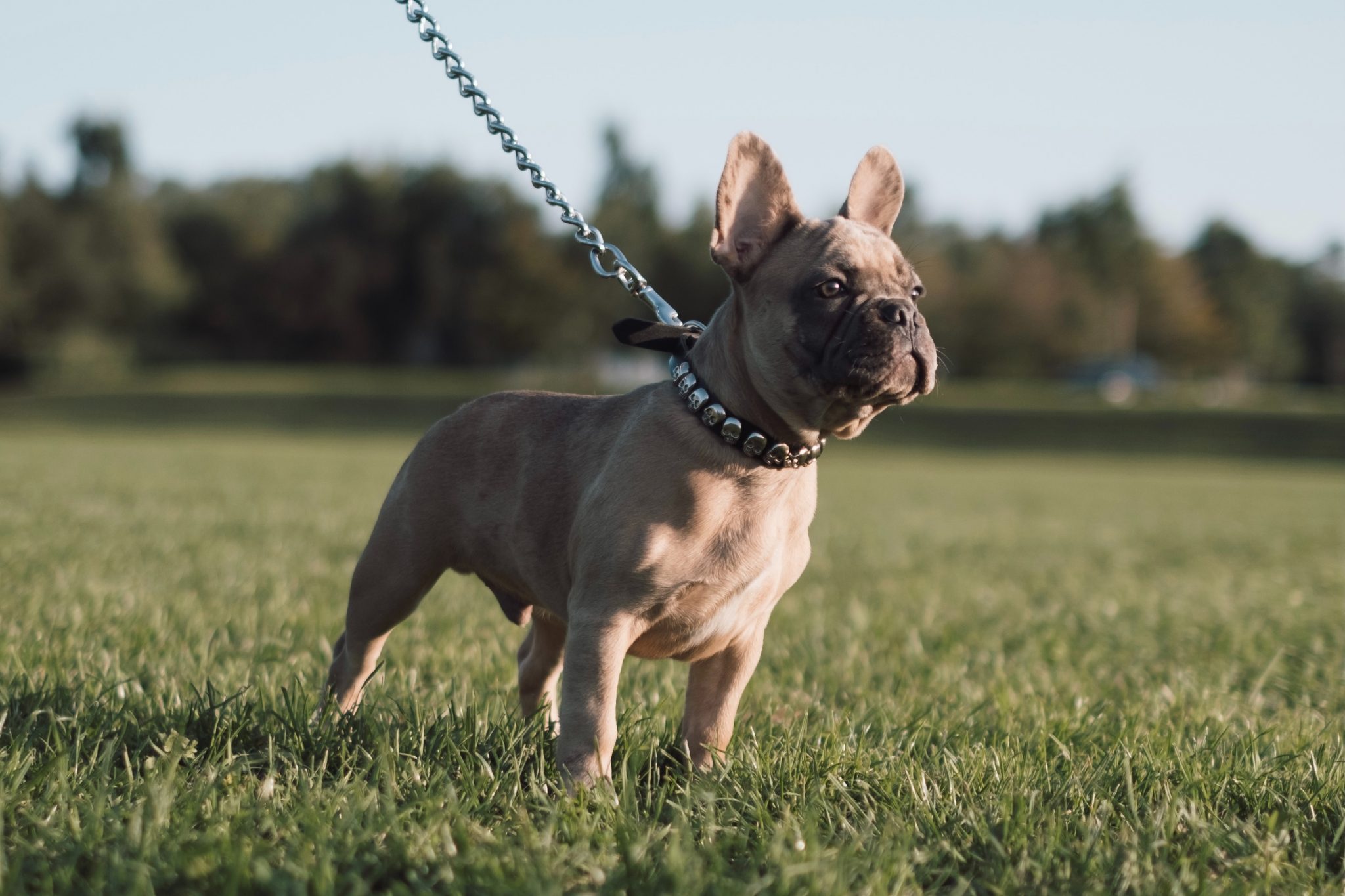Raw food diets are becoming increasingly popular for our canine companions, offering numerous benefits to their overall health and nutrition. In this blog post, we’ll be exploring the dos and don’ts of feeding your pup a raw diet so that you can make sure they get all the delicious and nutritious benefits without any of the risks. Read on to find out what you should and shouldn’t do when feeding your pup a raw food diet.
Take A Look At The Ingredients List
When selecting a raw food diet for your pup, it’s important to take a close look at the ingredients list. This will help you ensure that your pet is consuming quality, natural ingredients that are free from chemicals and preservatives. Look out for fresh vegetables such as carrots, celery, and spinach as well as lean sources of protein like chicken, beef, and fish. Good ingredients for raw dog food are essential for providing your pup with all the necessary vitamins and minerals. Also, ensure to avoid foods containing artificial colors, preservatives, or anything else that may be detrimental to your pet’s health. By familiarizing yourself with the ingredients list of your chosen raw food diet, you’ll ensure that your pup is getting the best nutrition possible.
Finding The Balance Is Important
Finding the balance of raw food for your dog is important. You should try to ensure a balanced diet with all essential nutrients while avoiding over-supplementation or excessive depletion of vital vitamins and minerals. A great rule of thumb is to provide meat, organ meat, bone, vegetables, fruit, and supplements in equal measure and in accordance with your dog’s individual needs. Variety within the diet is also essential to make sure your pup is getting all the nutrients it needs for a long and healthy life.
If you are unsure about what specific amount of each food item is right for your pup, speak to a vet or doggy nutritionist that can help customize a diet plan for them. Finally, it is important to always ensure that all raw food you feed your dog is fresh and free from any contaminants. Taking the time to properly prepare and store raw food can make a big difference in the health and well-being of your pup.
Freeze Certain Meats
Freezing certain meats is one of the dos for feeding raw food to your dog. As with all meat, when freezing, make sure it is stored in its original packaging until ready to use and then put into a separate container or bag that can be sealed tightly. Freezing cooked meats can extend their shelf life by up to six months while freezing raw meats can extend their shelf life by up to three months. This is especially beneficial for pet owners who may not be able to feed their dogs a fresh meal every day. Furthermore, freezing certain meats such as ground beef, turkey and chicken can make them easier for your pup to digest and absorb the nutrients in.
Don’t Forget To Be Sanitary
When preparing raw food for your dog, it is important to remember the importance of sanitation. Make sure that any utensils and dishes you use to prepare the raw food are washed with hot soapy water before and after using them. Additionally, be sure to wash your hands thoroughly with soap and warm water both before and after handling the raw food. This will help avoid the risk of passing on any harmful bacteria to your pup. Remember, food safety is key to keeping your pet healthy and happy! If you have any questions or concerns regarding sanitation practices, consult a veterinary professional for advice.
Make Sure To Thaw Any Frozen Food In The Fridge
When feeding your dog raw food, it is important to make sure that any frozen food is thawed in the refrigerator. Doing so will help prevent bacterial contamination and ensure that the food maintains its nutritional value. Thawing frozen food overnight or at least 12 hours ahead of time will also help reduce the risk of bacteria spreading. Additionally, after thawing the food, make sure to keep it refrigerated until it is time for your pup’s meal. Raw food that has been thawed should not be left out at room temperature as bacteria can grow quickly and potentially cause illness or sickness in your pet. Always thaw frozen raw food in the refrigerator before feeding your dog!
In conclusion, if you are considering incorporating raw food into your pup’s diet, there are some important dos and don’ts to consider. Making sure that all foods used in the diet are fresh and free from contamination is essential to pet health. Also, be sure to find the balance of raw food for your dog and provide a variety of ingredients while avoiding over-supplementation or excessive depletion of vitamins and minerals. Finally, always remember to adhere to proper sanitation practices when handling raw food and thawing frozen food in the refrigerator. Following these dos and don’ts will help ensure that your pup is receiving a healthy diet full of nutrition.


